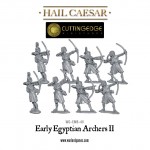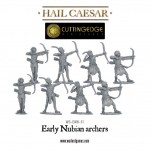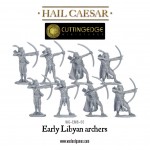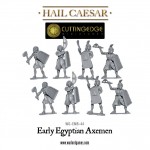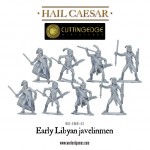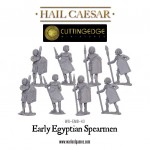The legendary first Pharaoh of Egypt was Menes or Narmer who unified Upper and Lower Egypt and founded the 1st Dynasty in the early 3rd millennium BCE.
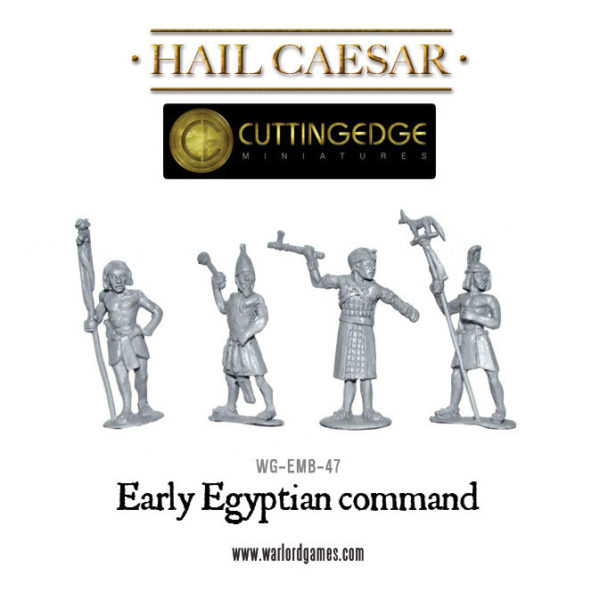
The Old Kingdom of Egypt is also often referred to as the “Age of the Pyramids”, being the period when a large number of the pyramids were built, including the Great Pyramids at Giza.
The first Pharaoh of the Old Kingdom, (beginning with the 3rd Dynasty), was Djoser, moved the capital to Memphis and constructed the first step pyramid. He also step up the Nome system, whereby the formerly independent states in Egypt were now run by governors under the rule of the Pharaoh. In the 4th Dynasty there were military expeditions into Canaan and south into Nubia.
The Old Kingdom collapsed in the 6th Dynasty when the power of the Pharaoh weakened in favour of the Nomarchs and civil war ensued, which was aggravated by severe droughts causing a failure of the Nile to flood and leading to famine. The period immediately after the Old Kingdom is known as the First Intermediate Period at the end of the Early Bronze Age. Two rival dynasties competed for control of the land: the 10th Dynasty at Herakleopolis in lower Egypt in the north and the 11th Dynasty in Thebes in Upper Egypt in the South.
In c.2055 BCE, Mentuhotep II became the ruler of Thebes and defeated the north thereby unifying the two lands and establishing the Middle Kingdom. He then went on military campaigns in both Nubia and in the Sinai to re-establish Egyptian hegemony which had been lost in the First Intermediate Period.
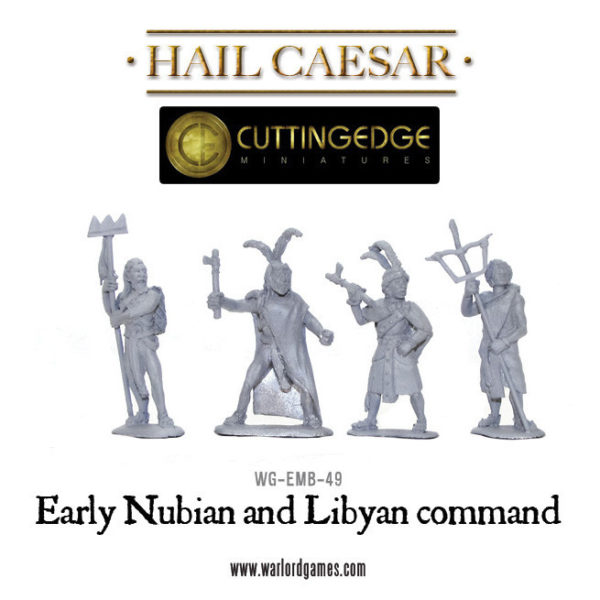
However, the greatest Warrior Pharaoh of the Middle Kingdom was Senusret III, of the 12th Dynasty, who launched a number of aggressive campaigns against the Nubians and after his victories built a number of forts to demarcate the boundaries of Egypt and Nubia. He also sent a military expedition to Canaan and which was the only one reference made against the region from the Middle Kingdom. The last ruler of the 12th Dynasty, Queen Sobekneferu, ended the Golden Age of the Middle Kingdom, as she left no heirs. The following 13th Dynasty was characterized by the rule of numerous and much weaker kings and also the accession of the first Semitic KIng, Khendjer. The 13th Dynasty failed to keep hold of the whole of Egypt and Canaanite rulers from Avaris broke away to take control of the north and form the 14th Dynasty.
The 15th Dynasty was a Hyksos Dynasty, ruled from Avaris in the north whereas a 16th Dynasty of native Egyptians was set up in the south and ruled from Thebes. They warred with each other until the Hyksos Dynasty defeated the 16th Dynasty and took Thebes. Finally, a rebellion in Thebes created the 17th Dynasty and its last King, Kamose is credited with defeating the Hyksos and establishing the 18th Dynasty, of which Amhose became the first Pharaoh of the New Kingdom. The armies of the Old and Middle Kingdoms of Egypt correspond with the Early and Middle Bronze Age respectively.
These Cutting Edge figures can also be used for Egyptian armies of the First Intermediate Period between the Old and Middle Kingdoms and the part of the Second Intermediate period up to the native Egyptian 16th Dynasty of Upper Egypt.
In terms of appearance though it is perhaps more appropriate to use figures from the New Kingdom Egyptian range for the native 17th Dynasty.
Egyptian armies comprised equal proportions of archers and close combat fighters (axemen and spearmen), though they were organised into separate units. The archers did not engage in close combat but provided massed archery fire, softening the enemy lines, before the close fighters engaged the enemy in hand to hand fighting.
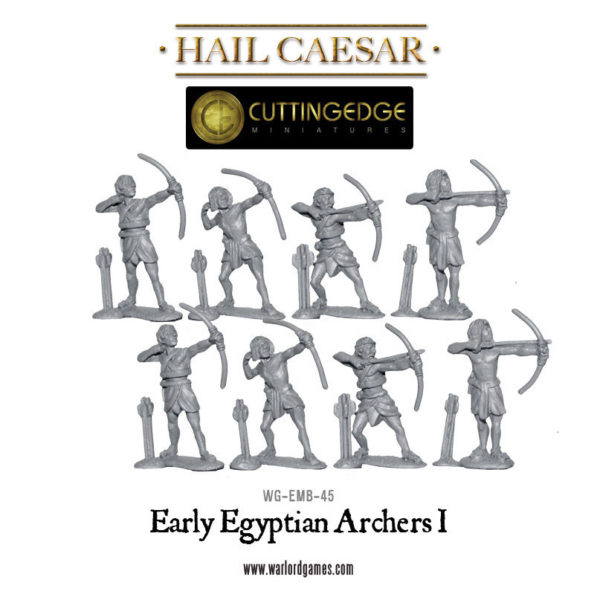
In addition, forces were further divided into the hereditary, retained or professional soldiers and the conscripts recruited from the various nomes, or districts of Egypt in times of war. The former were also known as Ahauty and in the case of the close fighters, as Menfat or shock troops.
The Pharaoh also had a personal retainer bodyguard of heavy axemen, also known as Shemsu.
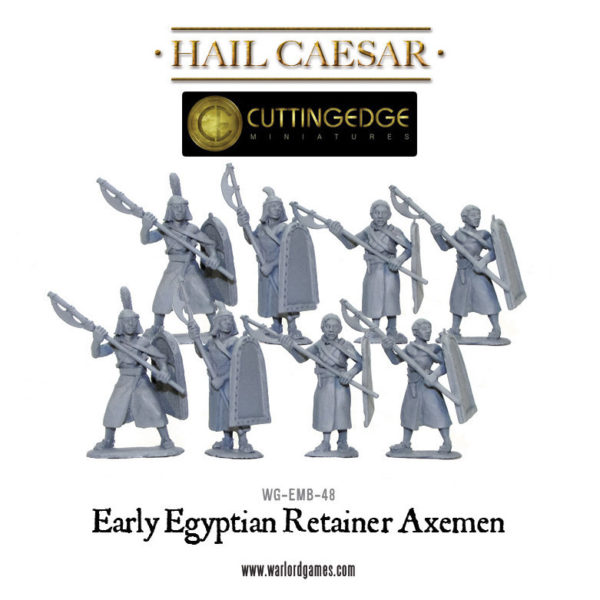
Armies of both the Old and Middle Kingdom of Egypt also used native Egyptian light javelinmen and other auxiliary skirmishers in a supporting role. These included Nubian Archers, Libyan Javelinmen and Amurru or Bedouin Slingers.
Start your journey into Hail Caesar with the Warord Games and Cutting Edge Minatures Egyptians

